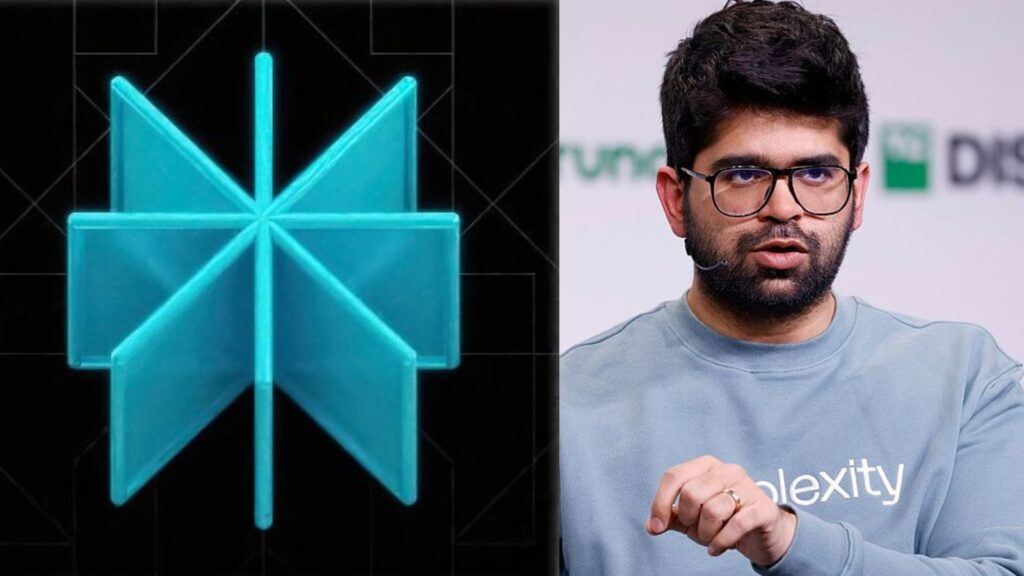The article discusses the evolution of AI-driven web browsers, highlighting the transition from standalone chatbots to AI agent-integrated browsers, particularly with recent developments like OpenAI’s ChatGPT agent and Perplexity’s Comet browser.
Key Points:
-
AI Integration: AI chatbots are becoming more ubiquitous, with web browsers now serving as platforms to leverage large-scale language models (LLMs). The integration allows AI agents to surf the web actively.
-
Browser Innovations:
- Perplexity’s Comet offers built-in AI assistance and differentiates itself from Google Chrome by using an AI "Answer Engine" instead of traditional search results. It allows users to perform various tasks (like generating summaries or managing tabs) through an interactive sidebar.
- Functionality such as summarizing webpages and context-based suggestions enhances browsing efficiency.
-
Market Dynamics: The competition intensifies as new players challenge Google’s dominance in search and browsing. Comet’s unique features may position it favorably against established browsers.
-
Technical Framework: Built on the Chromium framework, Comet utilizes LLMs like OpenAI’s GPT-4o and Perplexity’s own Sonar for sophisticated responses.
-
User Accessibility: Currently, Comet is available to select users under subscription models, with plans for broader access in the future while maintaining some advanced features behind paywalls.
- Evolving Interaction: The article emphasizes that AI-native browsers like Comet aim to enhance user interaction and automate routine online tasks, contrasting with traditional browsing experiences.
Overall, this shift might redefine user engagement with web browsers through AI, challenging existing monopolies and opening opportunities for innovative startups.


